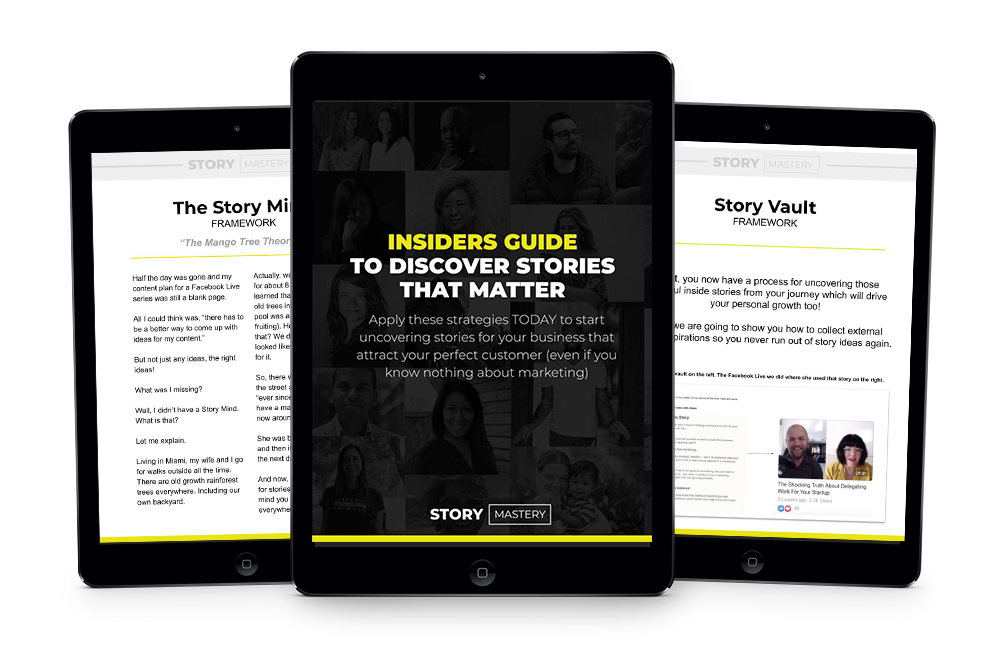How to Start Finding Clarity on Your Life Mission: 5 Key Tips

Have you thought to yourself, “What am I really doing with my life and what will I be doing in 10 years?” You might be fed up with your 9am-5pm “job”, looking for work out of college or maybe you run a startup that’s isn’t giving you the sense of fulfillment you hoped for.
EP19: Angel Investor Tim Berry Shares His Secrets on Business Plans & Raising Capital
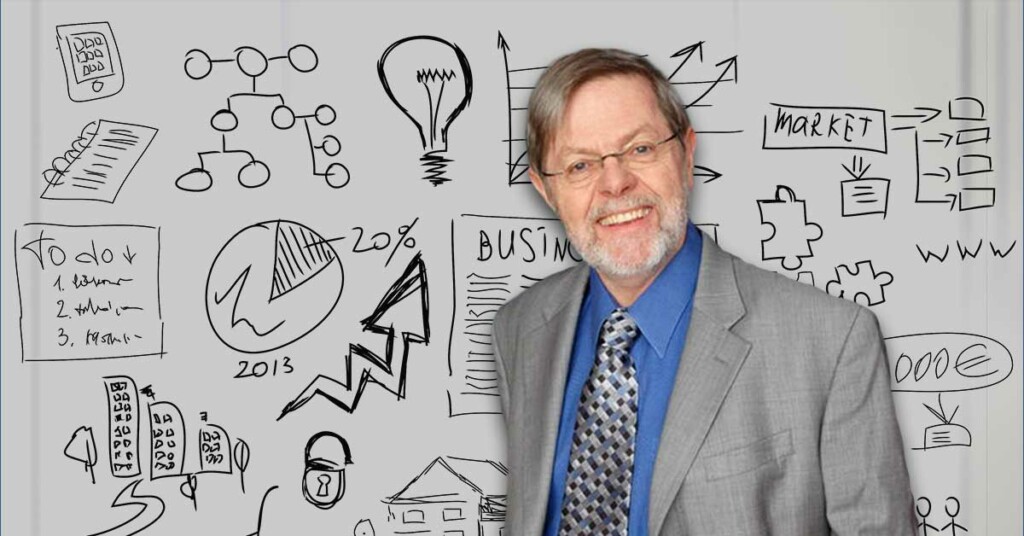
Pamela Slim, author of the best-selling Escape From Cubicle Nation, calls entrepreneur Tim Berry the Obi-wan Kenobe of business planning. Guy Kawasaki made Tim his business plan expert in “How to Write a Business Plan.” He’s also the official business plan expert at Entrepreneur.com. Tim Berry describes business planning as “a fascinating combination of words […]
25 Ways to Spend Your Next Pomodoro Break

So you’ve jumped on board with the Pomodoro technique and you are easing into the routine of working for 25 minutes followed by a five-minute break. But as those breaks emerge, you aren’t always sure how to spend them to best use your decompression time. We’ve put together a list of 25 break ideas for […]
Reducing Waste and Eating Beer with Dan Kurzrock

Listen to our exclusive interview with Daniel Kurzrock, co-founder of Regrained. Dan grew up on the Bay Area Peninsula, and graduated from UCLA with a degree in Economics and a Masters in Sustainable Business from Presidio Graduate School. Dan realized a passion for entrepreneurship early. ReGrained is telling an exciting environmental story, at a time when the […]
Is Crowdfunding Right For You? (Tips From Brandon Adams)

Lifestyle entrepreneur, inventor and crowdfunding expert, Brandon T. Adams had a big business idea, but he didn’t have enough funds to start it.
Uncover 5 Powerful Marketing Lessons from Lucky Iron Fish Founder Gavin Armstrong

“I am a strong believer that businesses have the power to solve some of the world’s most daunting challenges, and the Lucky Iron Fish embodies this with our commitment to improving global health in a socially responsible way.” ~Gavin Armstrong, Founder and CEO
EP13: Take Your Life and Success to The Next Level With Mark Lack

Listen to our exclusive interview with Mark Lack Mark is a preeminent thought leader, author of “Shorten The Gap – Short Cuts To Success And Happiness” and sits on The Board of Trustees at The Center For Integral Wisdom – other Board members include Ken Wilber, Eben Pagan, John Mackey (WholeFoods CEO) and many other […]
EP12: Interview with Kenton Lee: How He Built a Shoe Company That Saves Children’s Lives

One day when Kenton was living and working in Nairobi, Kenya at an orphanage with about 140 kids – he was walking to church with all the kids. I looked down at the little girl in a white dress next to me and was shocked to see that her shoes were way too small. They were […]
EP11: Exploring the World of Social Entrepreneurship with Tony Loyd
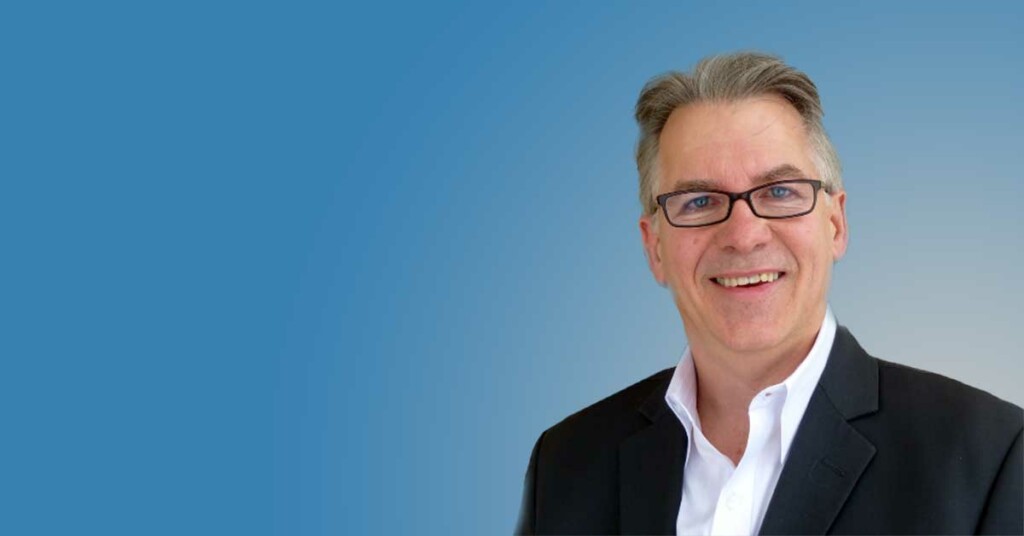
In late 2013, Tony Loyd had a crisis of conscience and began to explore the role of business in doing good in the world. He learned about social entrepreneurs, benefit corporations and impact investing. In 2014 Tony left his corporate role and started a company that provides strategic planning and talent management. While calling […]
EP10: How to Use Pop Culture to Tackle Human Rights Violations with Mallika Dutt

There’s the traditional way; then there’s the Mallika Dutt way. Breaking down barriers is nothing new to Mallika, Founder, President, and CEO of Breakthrough.
Interview with Jacquie Berglund: How This Hybrid Business Model Is Turning Beer into Food

Interview with Finnegans CEO and Co-founder, Jacquie Berglund. Subscribe to this show on iTunes | Stitcher | Soundcloud Change Creator Magazine issue 4 cover story, Jacquie Berglund is The Rambunctious Social Entrepreneur, CEO, and Co-Founder of FINNEGANS, the first beer company in the world to donate 100% of profits to fund fresh produce for those in need. […]
3 Inspiring Stories of Women Changing the World

Recently, I read an article about the Dalai Lama and why he believes women make great leaders and could lead to a less violent world. He has even gone on to state that his successor, the 15th in the holy line of his Tibetan monastery, could be female. Why is this? Well, according to science, […]
Priceless Startup Success Tips From John Lee Dumas
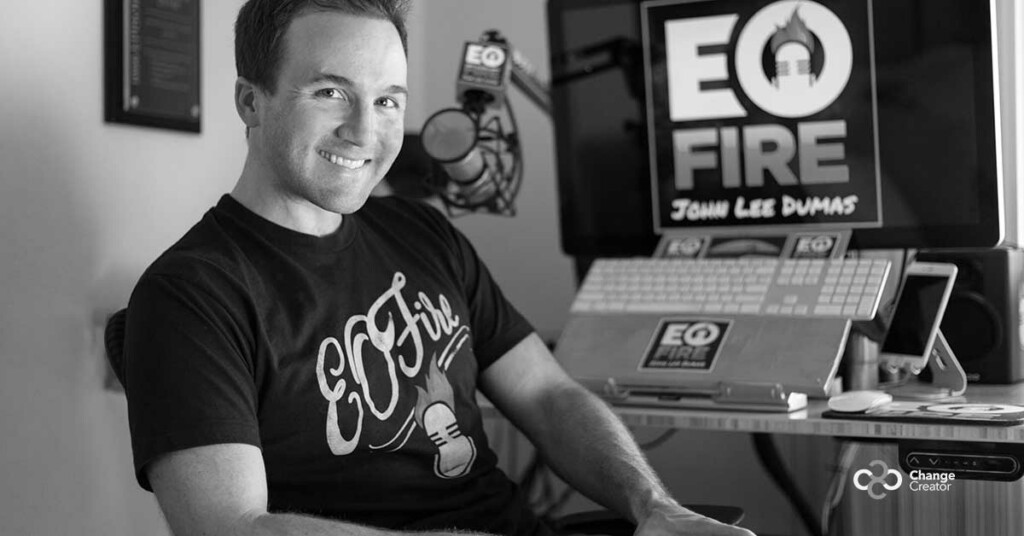
John Lee Dumas knows a lot about success. With a clean break from his 9-5 job in real estate investments, he started his own 7-days-per-week entrepreneurial podcast, EOFire, and hasn’t looked back. He now owns a million-dollar business that continues to grow. And, of course, there’s still the podcasts. Getting to interview some of […]
How to Get Your Marketing Working with Ben Simkin

Ben Simkin is the founder of BusinessNET, a leading Online Marketing Firm that to-date has increased clients’ sales by over $1.45 billion. BusinessNET provide end-to-end marketing and sales services to established companies worldwide. Understanding who your audience is and how to reach people who are predisposed to what you’re offering is essential. You offer must […]
Interview with Gautam Shah: Risking the Absurd to Achieve the Impossible

It’s easy to ignore an animal that exists in a biome you can barely create in your imagination, which may be one of the reasons endangered species are receiving so little support from the public. People are emotional, empathic creatures. To care, they need connection—the kind that only real encounters can achieve, and where better […]
6 Lessons to Transform Your Habits and Find Clarity With Joel Brown
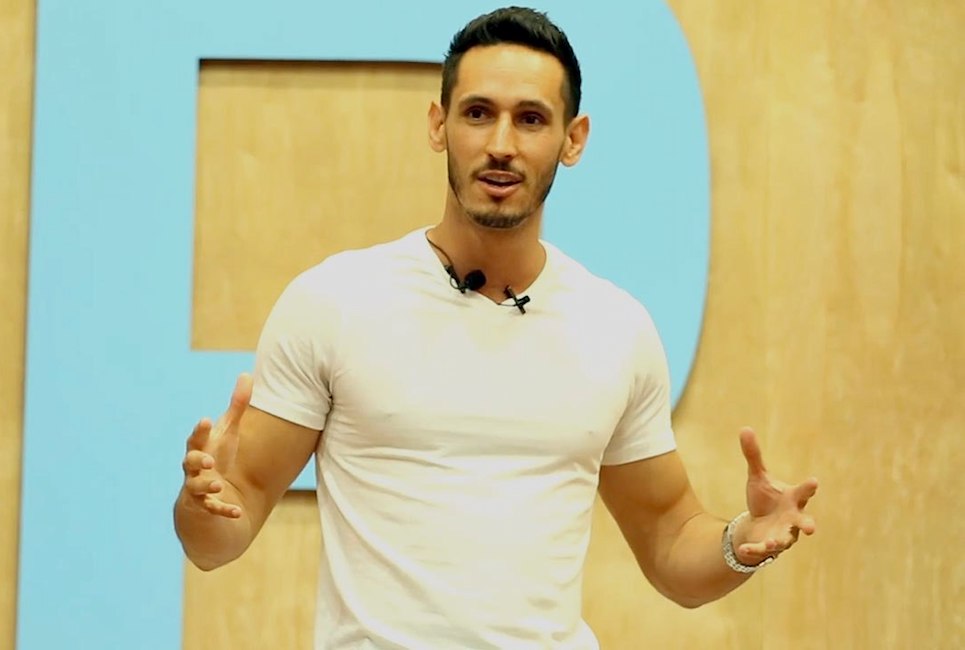
Interview with founder of Addicted 2 Success, Joel Brown. With a website that has received more than 50-million unique visitors, a popular podcast show, and an upcoming role in a movie, Joel Brown is by most standards, a successful man – some might even say he is addicted to success. Indeed, Addicted2Success is the name […]
Why Nature is Essential for Good Business

There are numerous articles, blogs, and gurus that claim to have the secret to business success. It can, therefore, be difficult to believe that it could be as simple as, “nature.” It comes down to the general well-being of individual entrepreneurs that can be enhanced and improved by nature and all of its wonders. These […]
Advice From Founder of Kuli Kuli, Lisa Curtis on Social Entrepreneurship

When vegetarian Lisa Curtis was a Peace Core volunteer in Niger, she was struggling to find foods to provide her with energy and adequate nutrition. A woman at a community health center suggested she try Moringa.
3 Tips From Social Entrepreneur Sam Goldman

Sam Goldman is D. light’s co-founder and CEO. He is an Ashoka Fellow and World Economic Forum Young Global Leader. Along with co-founder Ned Tozun, he is recognized by Forbes as one of the world’s top 30 social entrepreneurs. In 2013, D. light won the $1.5 million Zayed Future Energy prize.
7 Social Entrepreneurship Conferences to Look Forward to In 2016

Are you a social entrepreneur or just someone interested in the idea of setting up a social business? Why not learn and build your network by attending an event geared towards social entrepreneurship? You might be surprised with the number of social impact conferences happening every year. This is a good sign as it means […]
6 Simple Ways to Become an Effective Leader

Leadership is the art of persuading others to complete a goal or task. A boss is just the person in charge, but a leader is someone who inspires and guides. Are you a leader or a boss? We often use these words interchangeably, but they mean very different things. A boss is a person in […]
How Catlin Powers Uses Solar Cooking to Combat Deforestation and Indoor Air Pollution

Dr. Catlin Powers, a social entrepreneur, is the co-founder and CEO of One Earth Designs, a social enterprise that produces solar cookers. up. The daughter of two teachers, she grew up in many places around the world: Peru, Mexico, China, South Africa, and California. Dr. Powers received her doctorate from Harvard University, holds two solar […]
3 Success Tips from TOM’s Founder Blake Mycoskie You’ll Love

Blake Mycoskie started his first business when he dropped out of college after his sophomore year. The company, EZ Laundry, soon employed more than 40 people, and was generating close to $1 million in sales. Blake sold that company in 1999. He went on to create an outdoor billboard company, co-found a cable network, an online driver’s education service, […]
What is a Social Entrepreneur?

The terms social entrepreneur and social entrepreneurship were used first in the literature to social change in the 1960s and 1970s. The terms became more popular in the 1980s and 1990s, promoted by Bill Drayton, the founder of Ashoka, and others such as Charles Leadbeater. What is a social entrepreneur? Before the term gained traction, […]
5 Simple Tips for Effective Networking You Will Love and Use!

Networking can be intimidating. If you’re a new business owner, the task can seem even more daunting with the added pressure to sell yourself and answer the dreaded “so, what do you do?” question. Learning how to make a notable first impression is essential to growing your business and creating lasting relationships. Effective networking is actually fairly simple, and […]
Jeff Skoll’s 5 Secrets to Changing the World

Jeff Skoll’s name is right at the top of the list of most impressive philanthropists of our time, nestled in between Bill Gates and Carlos Slim Helu. Forbes estimates that his total donations to be $1.2 billion, but that’s no serious achievement—not for Skoll, anyway.
Social Entrepreneur vs Corporate Marketing: The Playing Field Is Level
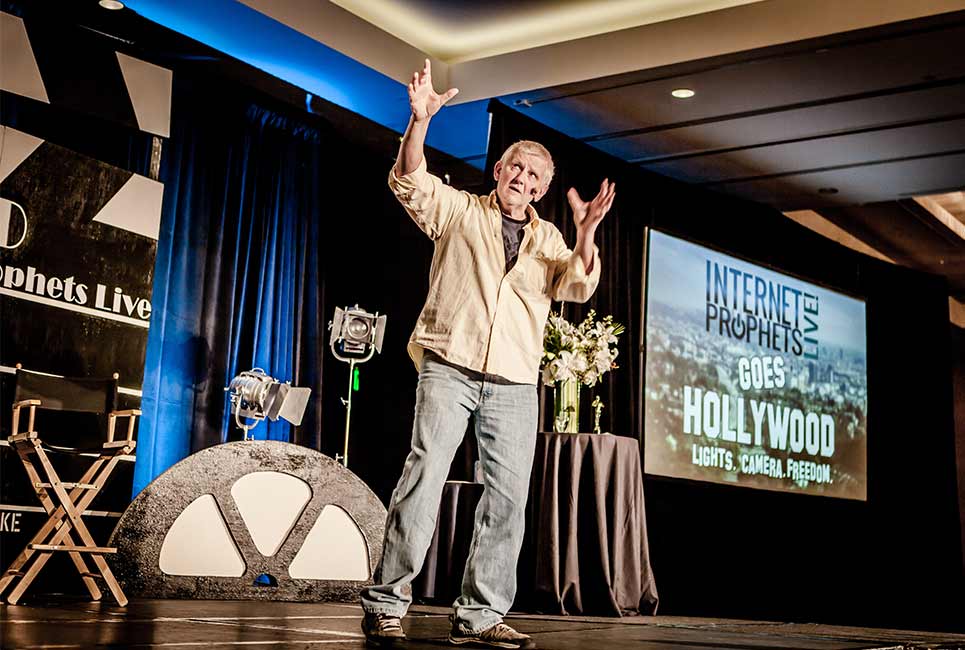
It’s no longer true that the company with the most money wins. The bully does not always come out on top. Brand names need not always be the go-to destination of choice.
What Jason Grad Learned About Building A Company

[et_pb_section bb_built=”1″ fullwidth=”off” transparent_background=”off” allow_player_pause=”off” inner_shadow=”off” parallax=”off” parallax_method=”off” custom_padding=”0|0%” padding_mobile=”on” make_fullwidth=”off” use_custom_width=”off” width_unit=”on” make_equal=”off” use_custom_gutter=”off” background_color=”#ffffff”][et_pb_row make_fullwidth=”on” use_custom_width=”off” width_unit=”on” use_custom_gutter=”off” padding_mobile=”off” allow_player_pause=”off” parallax=”off” parallax_method=”off” make_equal=”off” padding_right_1=”0″ padding_left_1=”0″ padding_right_3=”0″ padding_left_3=”0″ background_position=”top_left” background_repeat=”repeat” background_size=”initial”][et_pb_column type=”4_4″][et_pb_text admin_label=”Intro text” background_layout=”light” text_orientation=”left” text_font_size=”25″ text_line_height=”1.4em” use_border_color=”off” border_color=”#ffffff” border_style=”solid” background_position=”top_left” background_repeat=”repeat” background_size=”initial”] 7:30 AM to 6 PM every day. Almost 53 hours […]
7 Tips to Promote Your Brand with Engaging Storytelling

At the heart of effective brand building will always be engaging storytelling. Consumers will struggle to build affinity with a product or company, but a great story can help solidify certain qualities that the brand represents. Whether it is a commercial, a social media campaign, or a print advertisement, there are ways to use storytelling […]
5 Traits of a Great Leader From Richard Branson [video]

We all have life experiences. Some reflect failures and some are successes. If you’re an aspiring social or business entrepreneur you have probably heard that you should surround yourself with people that do what you want to do and can lift you up. Why not take a page or two out of successful entrepreneur Richard […]
How to Quickly Write an Effective Content Marketing Strategy

All business owners should have a content marketing strategy to make sure they get the most out of their content. Those who have a written content marketing strategy are more likely to find content marketing effective for their businesses, have less content-related stress thanks to knowing what they will do and when they’ll do it, […]
The Brand Whisperer: Social Impact Branding

The days when social enterprises could attract audiences purely on the merit of their altruism evaporated years ago. In its place lies an industry so packed with movers and shakers that it’s reached the apex of global marketing innovation.
4 Destructive Mental Habits That Successful People Don’t Have

Habits are more than just the things that you do; they’re who you are and how you feel. Your habits define the amount of success you can achieve and how you’re destined to react to any given situation. And there are four destructive mental habits that successful people don’t have. Each one will erode your mental […]
5 Daily Routine Changes to be a More Productive Entrepreneur

I’ve learned that relationships are important in all aspects of life. There are many reasons why relationships matter but I speak to 3 which are applicable to anyone. Some people may be introverts and if you’re an entrepreneur you might have that tendency to try and manage things behind the computer if possible. Let’s face […]
3 Young Bright Minds Changing The World
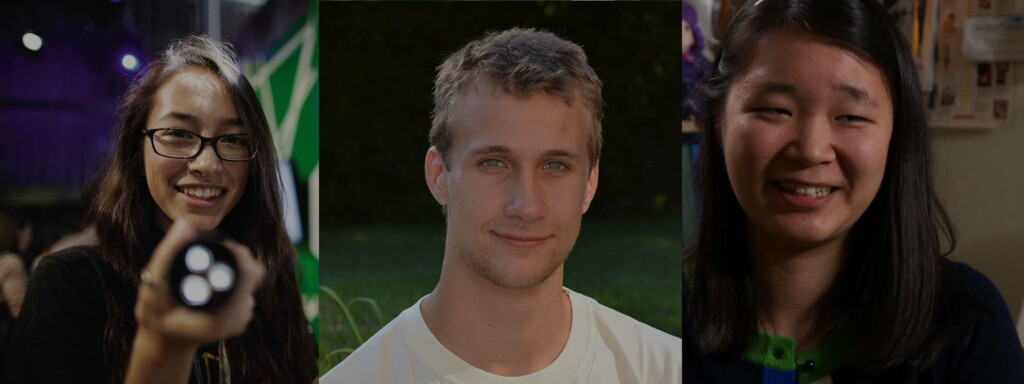
We are faced with many challenges today and one of our greatest untapped and infinite resources on Earth is the human brain. As Will and Ariel Durant say at the conclusion of Lessons of History, the only sustainable revolution is in the minds of people. It’s an absolute disgrace that an estimated 5 billion people […]
Start Defining Your Target Audience With These 10 Questions

The very first step in any communication or marketing strategy is defining your target audience so you can tailor your message or pitch appropriately. For businesses, this is usually your typical potential buyers of a product or service. For a nonprofit, it could be potential clients for a program, volunteers for an initiative, advocates to spread a message, or donors to support […]
The Ultimate Bootstrapping Toolkit For Entrepreneurs

Over 10 years ago, the founder of Change Creator, Adam Force, started his first business on a budget. When you start your first business you usually don’t want to spend thousands of dollars on tools and contractors because there is a level of uncertainty in your mind and there should be. You always want to […]
3 Disciplines That Will Be Invaluable to You as an Entrepreneur

It’s tough to quit the safety of your day job for the uncertainty of running your own business. You’re not guaranteed a steady income, you have to set your own schedule and you are personally responsible for the success or failure of your company. As you would expect, it takes a different set of tools […]
10 Reasons Why Branding Is Important for Any Social Enterprise

People in today’s society is pretty standard. They wake up, and while getting ready for the day, they are likely checking the news and not just on CNN or Fox…In addition to these traditional sources of information, consumers today are connected to Facebook, Instagram, Twitter, LinkedIn, and any other variety of social media networks and online communities. […]
6 Steps to Become Willing to Take Risks

Many of today’s entrepreneur’s and business leaders will tell you that one of the ways to become successful is to take big risks. Business leaders take risks every day when making decisions. They have to introduce new products to an uncertain market, find new ways to outshine competitors and make daring decisions that pay off […]

